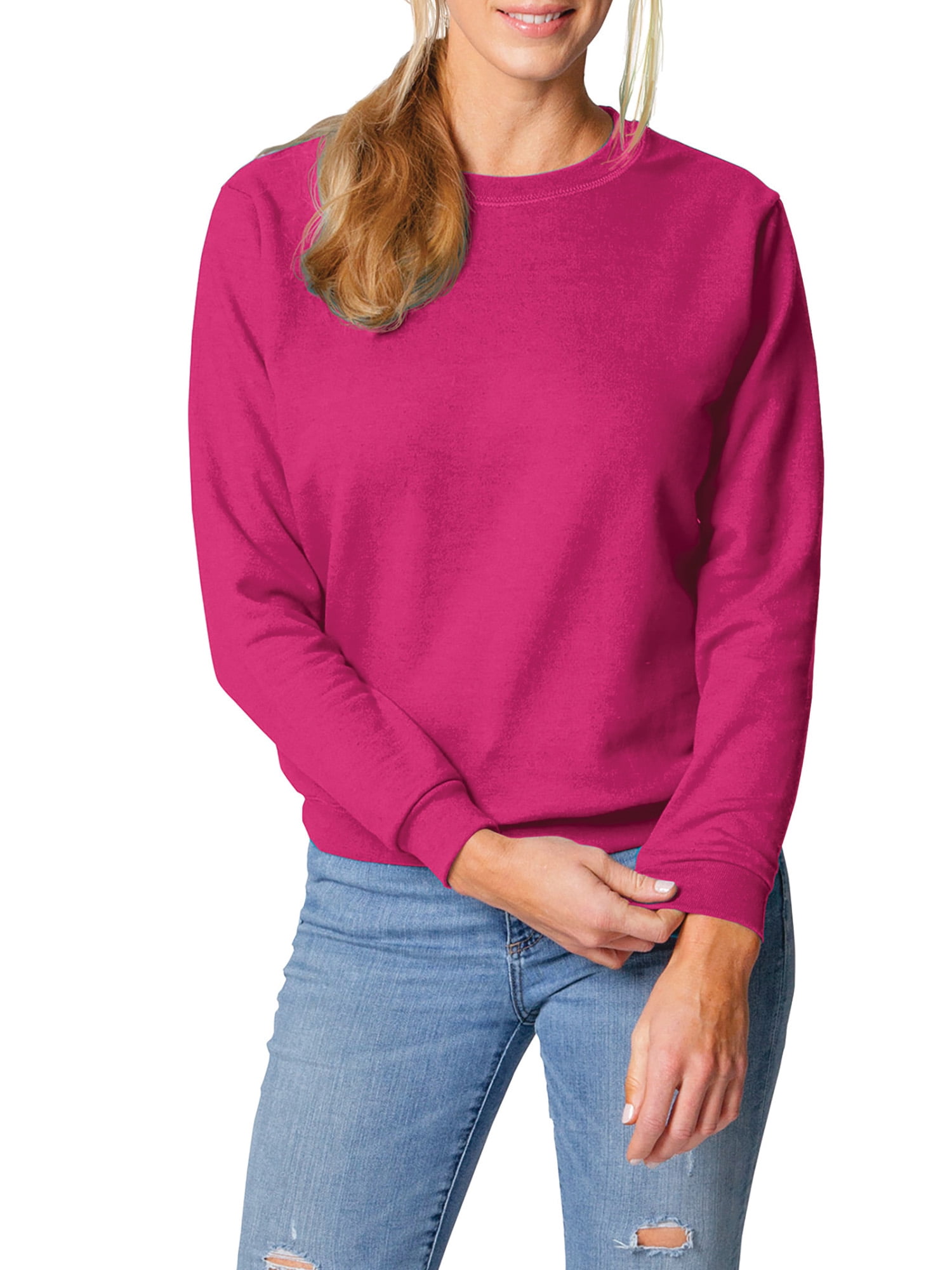Sweatshirts are long-sleeved garments composed of thick cotton. They are generally worn as casual clothing but aren't as dressy as sweater s or cardigans. They do not usually have an hood. If you're interested in purchasing a sweatshirt, here are a few tips:
The appeal of Norma Kamali was spread by the use of sweatshirt s
Since the end of the 70s in the late '70s, Norma Kamali has transformed the basic sweatshirt into an art. Her designs are now an essential part of all women's wardrobes. Her unique designs include a tummy-tucking crew neck to leather-paneled sweatshirts. Her clothing is also designed in unusual designs, like a tank top with an extended trumpet skirt.
A collaboration with the brand and sweatshirt manufacturer Everlast led to her Timeless collection, which was an instant hit when it was featured in the Spiegel spring 2006 catalog. The collection featured knits that could be interchangeable or convertible in classic silhouettes and many of the pieces were priced at less than $20. Even even if Norma Kamali's Timeless collection was not available in stores, fans could still find these pieces for sale on eBay and Poshmark.
Merino wool sweatshirts are more comfortable than sweatshirts made of soft wool.
Merino wool is known for its ability to remove moisture, which helps to keep you comfortable and dry. This is a naturally-occurring fibre that also offers a more comfortable feel. The fabric also dries quickly in comparison to other natural substances. Furthermore, merino is a renewable resource. The merino sheep shed their coats each year and grow new ones.
The warmth-to-weight ratio of merino wool makes it popular for sweatshirts. It assists in regulating the temperature of your body due to its loft that naturally holds heat in the fibers. This is the reason Merino wool sweaters are great for summer and outdoor activities like hiking, mountain biking and running. The warmth it provides ensures that the wearer stays cool and dry, which is important when working out.
Zip-front hoodies feature kangaroo pockets.
Kangaroo pocket hoodies are a popular style of hoodies. These hoodies feature a huge pocket on the front, which keeps your hands warm on chilly days. They're additionally more practical than conventional pockets, since they allow your hands to slide into and out easily.
Kangaroo pockets are typically large enough to accommodate a wallet or some other small personal items. They are commonly long enough to fit one hand in a smaller size, and can even be wide enough to fit two hands. They feature wide openings on either side and can be used to carry small objects.
French Terry fabric is a very popular material for sweatshirts
The French Terry fabric is composed of soft yarns that are knitted into loops and is typically midweight. It is also known because of its capacity to absorb away moisture and is already pre-shrunk. French terry is a great option for sweatshirts as it is warm when you need it and helps keep your cool when you want to cool down.
French Terry is also popular for casual wear, as it has enough stretch and flexibleness to feel great against your skin. It also allows for enough air to circulate throughout the fabric, which makes it perfect for layering under other clothing. Furthermore, since it's lighter than most sweatshirts you can wear it all year round without feeling hot or cold.
Hoodies are classy and have a connotation of class.

Although it could appear that hoodies are just appropriate clothes for those who are working class but the truth is that they have a classist connotation. The hooded clothing was first popular in the early 70s New York, where graffiti artists wore them to hide their identities. In 1976, hoodies made their major debut in the film "Rocky," when the working-class main character was seen wearing hooded gray sweats on his famous climb up the Philadelphia Museum of Art.
Hoodies are frequently associated with destruction, death, and other undesirable things, but they serve a practical purpose. For instance, priests and monks can wear hoods to demonstrate modesty and inward focus.
